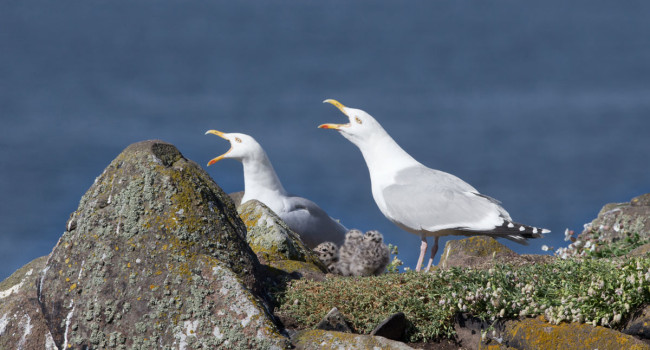Natural body size variation in seabirds provides a fundamental challenge for flight height determination by single-camera photgrammetry. A comment on Humphries et al. 2023

Author(s): Boersch-Supan, P.H., Brighton, C.H., Thaxter, C.B. & Cook, A.S.C.P.
Published: April 2024
Journal: Marine Biology
Digital Identifier No. (DOI): 10.1007/s00227-024-04396-4
Determining flight heights for seabirds is a crucial prerequisite for understanding collision risks associated with offshore wind farms, but obtaining these can be challenging. This comment addresses concerns over the workflow proposed by Humphries et al. (2023)
Abstract
Determining flight heights for seabirds is a crucial prerequisite for understanding collision risks associated with offshore wind farms and other human made infrastructure, but obtaining accurate and precise estimates of flight height distributions from observational data remains a challenge. Humphries et al. (2023) propose a workflow to determine flight heights of seabirds from digital aerial video images using single-camera photogrammetry. However, their workflow does not adequately consider the impact of uncertainty about seabird body sizes on individual flight height estimates. As a result the proposed method substantially underestimates the uncertainty of individual flight height estimates and yields biased estimates of both the proportion of birds at collision height, and average flight heights. The validation of the proposed method is insufficient and therefore unable to identify or quantify these shortcomings. Based on a review of seabird biometrics, we further argue that even when uncertainty in seabird body size is correctly propagated, the accuracy and precision of flight height estimates from single-camera photogrammetry data is fundamentally limited by the large natural body size variation of seabirds. Digital aerial surveys are an important observational tool to survey marine bird populations, but the workflow proposed by Humphries et al. (2023) for flight height estimation from single-camera digital aerial survey data is biased and does not sufficiently account for uncertainty, and we strongly advise against its use in the current form, for offshore development assessments.
Staff Author(s)









Share this page